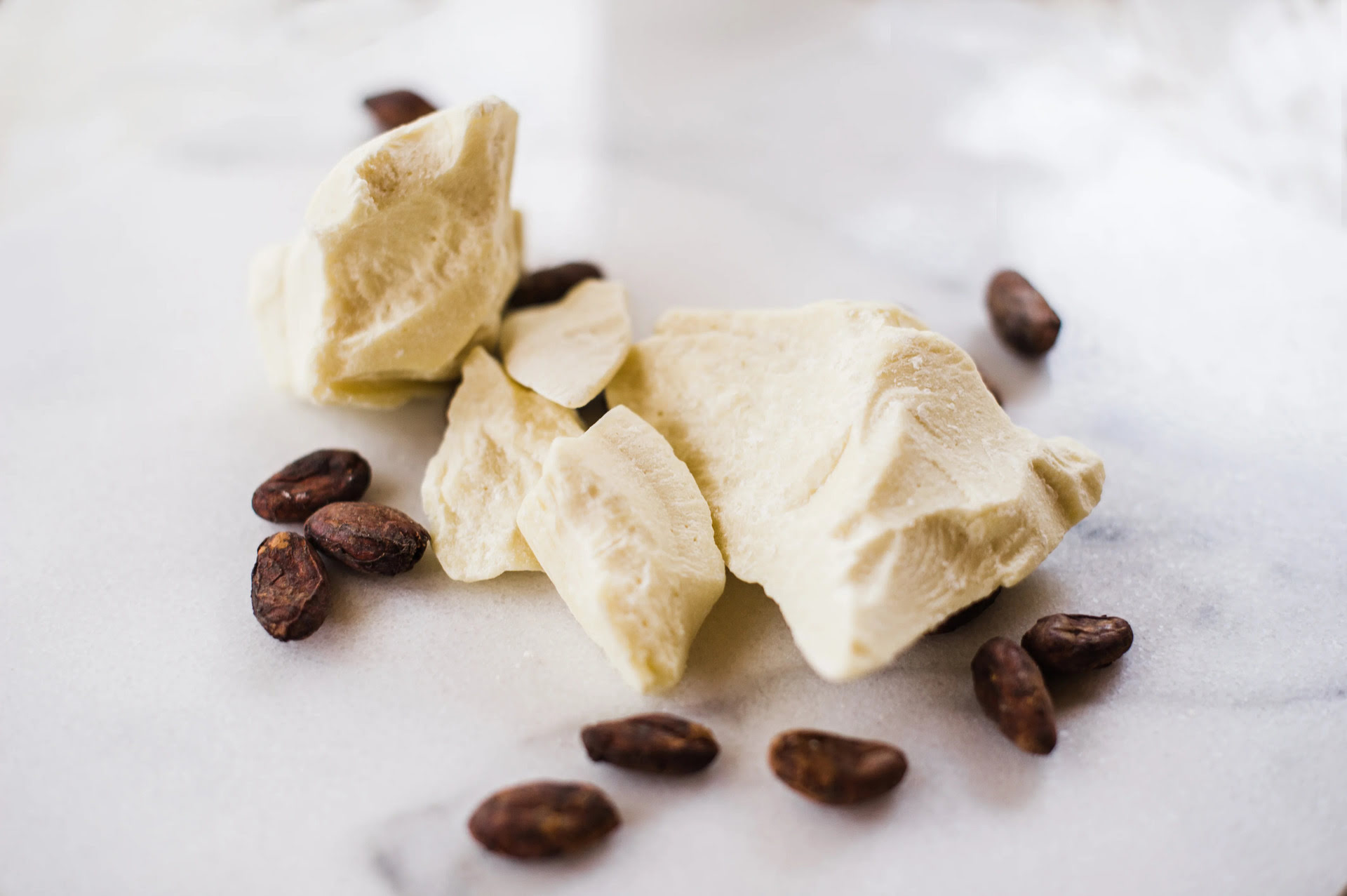

Articles
How To Store Cocoa Butter
Modified: December 7, 2023
Learn the best practices for storing cocoa butter in this informative article. Discover how to keep your cocoa butter fresh and extend its shelf life.
(Many of the links in this article redirect to a specific reviewed product. Your purchase of these products through affiliate links helps to generate commission for Storables.com, at no extra cost. Learn more)
Introduction
Cocoa butter is a versatile and highly sought-after ingredient widely used in the cosmetic and confectionery industries. Derived from cocoa beans, cocoa butter is known for its rich moisturizing properties and delightful aroma. Whether you are a professional chocolatier or an amateur DIY enthusiast, proper storage is vital to maintain the quality and longevity of cocoa butter.
In this article, we will explore the best practices for storing cocoa butter to ensure its freshness, texture, and aroma are preserved for prolonged periods. By following these guidelines, you can optimize the shelf life and quality of your cocoa butter, making it ready for use whenever you need it.
Proper storage conditions, the correct choice of containers, temperature and humidity considerations, and avoiding exposure to light and odors are all crucial factors that contribute to maintaining the integrity of cocoa butter. Additionally, we will discuss recommended storage locations, freezing and thawing techniques, and extended storage tips and best practices.
By understanding the ins and outs of cocoa butter storage, you can ensure that it is readily available for your various culinary and cosmetic creations, providing you with the best results every time.
Key Takeaways:
- Proper storage of cocoa butter is crucial to maintain its quality. Keep it at a consistent temperature, choose the right container, and avoid exposure to light and odors to preserve its natural goodness.
- Freezing cocoa butter can extend its shelf life, but proper wrapping and thawing techniques are essential. Implement a rotation system and regularly inspect the butter for extended storage.
Read more: How To Store Cocoa Bombs
Proper Storage Conditions for Cocoa Butter
To ensure the longevity and quality of cocoa butter, it is crucial to store it under the right conditions. Here are some key factors to consider:
Temperature:
Cocoa butter is sensitive to temperature fluctuations, so it is important to store it at a consistent temperature. Ideally, the temperature should be kept between 60°F and 70°F (15°C and 21°C). Extreme heat can cause the cocoa butter to melt and separate, while cold temperatures can lead to the formation of unwanted crystals.
Humidity:
Excessive humidity can cause cocoa butter to absorb moisture, leading to a change in its texture and consistency. It is best to store cocoa butter in a dry environment with a humidity level of around 50%. Avoid storing it in areas prone to high humidity, such as the bathroom or near windows.
Air Circulation:
Proper air circulation is essential to prevent the cocoa butter from becoming rancid. Make sure to store it in a well-ventilated area to maintain its freshness and prevent any unpleasant odors from infiltrating the product.
Read more: How To Store Cocoa Powder
Sealed Containers:
Choosing the right container is crucial for preserving the quality of cocoa butter. Opt for airtight containers made of glass or food-grade plastic to prevent air and moisture from entering. Ensure that the container has a tight-fitting lid to maintain a barrier against external elements.
When transferring cocoa butter to a new container, make sure the container is thoroughly clean and dry to avoid any contamination. Always label the container with the date of storage to keep track of its freshness.
Following these storage conditions will help preserve the color, aroma, and texture of cocoa butter, ensuring that it retains its natural goodness and remains ready for use in your culinary and cosmetic adventures.
Choosing the Right Container
When it comes to storing cocoa butter, selecting the right container is essential for maintaining its quality and extending its shelf life. Here are some factors to consider when choosing a container for cocoa butter:
Material:
Opt for containers made of glass or food-grade plastic to store cocoa butter. Glass containers are ideal as they are non-reactive and do not absorb odors or flavors. Food-grade plastic containers, such as those made from high-density polyethylene (HDPE) or polypropylene (PP), are also suitable options as they are durable and resistant to moisture and chemical leaching.
Airtight Seal:
Ensure that the container has an airtight seal to prevent air and moisture from entering. This will help preserve the freshness and integrity of cocoa butter for a longer time. Look for containers with tight-fitting lids or consider using containers with airtight rubber seals or locking mechanisms.
Read more: How To Store Hot Cocoa Bombs
Size:
Choose a container that is appropriate for the amount of cocoa butter you are storing. It is best to use smaller containers rather than one large container to minimize the exposure to air each time you open it. This will help maintain the quality of the remaining cocoa butter.
Transparency:
Opt for opaque containers or those made of dark-colored material to minimize exposure to light. Light can degrade the quality of cocoa butter and cause it to lose some of its beneficial properties over time. If using transparent containers, store them in a dark place or wrap them in light-blocking material to protect the cocoa butter from light exposure.
When storing cocoa butter in the chosen container, ensure that it is clean, dry, and free from any residue or contaminants. This will help maintain the purity and quality of the cocoa butter, ensuring it is ready for use whenever inspiration strikes.
Temperature and Humidity Considerations
Proper temperature and humidity are vital factors when it comes to storing cocoa butter effectively. Here are some key considerations:
Temperature:
As mentioned earlier, cocoa butter should be stored at a consistent temperature between 60°F and 70°F (15°C and 21°C). Avoid storing it in areas prone to extreme heat, such as near stovetops, ovens, or direct sunlight. High temperatures can cause the cocoa butter to melt and separate, compromising its texture and quality. On the other hand, extremely cold temperatures can lead to the formation of unwanted crystals. It is best to store cocoa butter in a cool and dry pantry or cupboard away from any sources of heat.
Humidity:
Humidity plays a significant role in the overall quality and freshness of cocoa butter. Excessive humidity can cause cocoa butter to absorb moisture from the environment, leading to changes in its texture and consistency. To maintain the integrity of cocoa butter, store it in a dry environment with a humidity level of around 50%. Avoid storing cocoa butter in areas with high humidity, such as the bathroom or near windows. Moisture can affect the quality and shelf life of cocoa butter, potentially leading to spoilage or rancidity.
Air Circulation:
Air circulation is an often-overlooked factor when it comes to cocoa butter storage. Proper ventilation is necessary to prevent the cocoa butter from becoming rancid. Ensure that the storage area has adequate air circulation to maintain freshness and prevent any unwanted aromas from contaminating the cocoa butter. Avoid storing cocoa butter in airtight containers without any ventilation, as it can trap moisture and air, affecting the overall quality of the product.
By considering these temperature and humidity factors, you can ensure that your cocoa butter stays in optimal condition, ready to be used in your favorite recipes or skincare formulations. Maintaining the right storage environment will help preserve its texture, aroma, and overall quality, ensuring a delightful experience every time you use cocoa butter.
Avoiding Exposure to Light and Odors
Protecting cocoa butter from exposure to light and odors is essential to maintain its quality and prevent any unwanted changes. Here are some guidelines to follow:
Light Exposure:
Light can be detrimental to the quality and shelf life of cocoa butter. It can lead to the degradation of its natural antioxidants and cause the butter to develop off-flavors and odors. To prevent light exposure, store cocoa butter in opaque or dark-colored containers. If using transparent containers, place them in a dark storage area or wrap them in light-blocking material, such as aluminum foil or a thick cloth. This will help shield the cocoa butter from direct light and preserve its integrity.
Read more: How To Store Brown Butter
Odor Exposure:
Cocoa butter easily absorbs odors from its surroundings, which can negatively impact its flavor and aroma. Avoid storing cocoa butter near pungent or strong-smelling substances, such as spices, cleaning chemicals, or perfumes. Choose a storage area that is relatively odor-free to prevent any unwanted odors from seeping into the cocoa butter. If possible, store cocoa butter in a separate container or use odor-proof bags to keep it isolated from other items in your pantry or cupboard.
Proper Sealing:
Ensure that your cocoa butter container is tightly sealed with an airtight lid to prevent the entry of light and odors. A proper seal will create a barrier against external elements that could compromise the quality of the cocoa butter. Check the seal regularly to ensure it remains intact and functional. If the seal becomes loose or damaged, transfer the cocoa butter to a new container with a secure seal to maintain its freshness and protect it from light and odors.
By taking precautions to avoid exposure to light and odors, you can ensure that your cocoa butter retains its natural flavors and aromas. This will allow you to enjoy the full benefits of cocoa butter in your culinary and cosmetic creations.
Recommended Storage Locations
Choosing the right storage location for your cocoa butter is crucial to maintain its quality and prolong its shelf life. Here are some recommended storage locations:
Pantry or Cupboard:
A cool, dry pantry or cupboard is an ideal storage location for cocoa butter. Make sure the area is away from any sources of heat, such as stovetops or ovens. It should also be free from excessive moisture and direct sunlight. The consistent temperature and low humidity in these areas help preserve the texture, flavor, and aroma of the cocoa butter.
Read more: How To Store Shea Butter
Refrigerator:
In certain cases, refrigeration can be used to store cocoa butter, especially if your home environment tends to be warm or if you live in a humid climate. However, it is important to note that frequent temperature fluctuations and exposure to moisture in the refrigerator can affect the texture of cocoa butter. If you choose to store cocoa butter in the refrigerator, place it in an airtight container and avoid storing it near strong-smelling food items that may affect its flavor.
Freezer:
While cocoa butter can be frozen, it is not always necessary or recommended. Freezing can cause changes in texture, particularly if the cocoa butter is not properly wrapped or protected from air and moisture. If you do choose to freeze cocoa butter, place it in an airtight container or wrap it tightly in plastic wrap and aluminum foil to prevent freezer burn and texture changes. Thaw frozen cocoa butter slowly in the refrigerator before use to maintain its quality.
Remember that cocoa butter should be stored away from any strong odors or substances that can affect its flavor. Additionally, keep cocoa butter out of reach of children and pets to ensure safety.
By selecting the right storage location for your cocoa butter, you can ensure it remains in optimal condition, ready to enhance your culinary creations or skincare routine.
Freezing and Thawing Cocoa Butter
Freezing cocoa butter can be done to extend its shelf life or to store it for long periods. However, it’s important to follow the proper freezing and thawing methods to ensure the quality of the cocoa butter is maintained. Here’s a step-by-step guide:
Freezing Cocoa Butter:
- Ensure that your cocoa butter is wrapped tightly and airtight. You can use plastic wrap or aluminum foil to prevent air and moisture from reaching the butter.
- Place the wrapped cocoa butter in an airtight freezer-safe container. Glass or food-grade plastic containers with tight-fitting lids are recommended.
- Label the container with the date of freezing to keep track of its storage time.
- Put the container in the freezer, making sure it is placed in an area where it won’t be subjected to frequent temperature fluctuations.
Read more: How To Store Cocoa Powder Long Term
Thawing Cocoa Butter:
- When it comes time to thaw your frozen cocoa butter, transfer the container from the freezer to the refrigerator.
- Allow the cocoa butter to thaw slowly in the refrigerator. This helps maintain its texture and prevents any unnecessary temperature shocks.
- Avoid thawing cocoa butter at room temperature or using a microwave, as these methods can cause uneven thawing and potential texture changes.
- Once completely thawed, check the texture and consistency of the cocoa butter. It should be firm but easy to scoop and use.
It’s important to note that freezing and thawing cocoa butter can affect its texture, especially if not done properly. Over time, the butter may develop some graininess or separation. However, this can be easily remedied by gently melting and retempering the cocoa butter before use.
While freezing cocoa butter is an option for extended storage, it’s best to freeze it sparingly. Frequent freezing and thawing can impact the quality and performance of the cocoa butter. Therefore, it’s recommended to freeze cocoa butter only when necessary and to use it within a reasonable timeframe after thawing.
By following these guidelines for freezing and thawing cocoa butter, you can extend its shelf life and ensure its quality is maintained for future use in your culinary or skincare endeavors.
Extended Storage Tips and Best Practices
If you plan to store cocoa butter for an extended period, there are additional tips and best practices to ensure its longevity and quality. Consider the following guidelines:
Temperature Control:
For long-term storage, keep cocoa butter in a consistently cool and dry environment, ideally between 60°F and 70°F (15°C and 21°C). Avoid storing cocoa butter in areas with fluctuating temperatures, such as near heating vents or windows. Extreme temperature changes can affect the texture and quality of the butter over time.
Vacuum Sealing:
Consider vacuum sealing cocoa butter for extended storage. Vacuum-sealed packaging removes excess air and minimizes exposure to oxygen, helping to prevent oxidation and maintain the freshness of the cocoa butter. Ensure that the cocoa butter is properly wrapped in airtight packaging before vacuum sealing.
Read more: How To Store Peanut Butter Cookies
Rotation System:
Implement a rotation system to ensure that older batches of cocoa butter are used first. Make a note of the storage dates and label the containers accordingly. This way, you can effectively manage your cocoa butter inventory and prevent any unnecessary waste.
Keep Away from Strong Odors:
Avoid storing cocoa butter near strongly scented substances as cocoa butter readily absorbs odors. Keep it away from spices, cleaning agents, or any other items that emit strong aromas. This will help preserve the natural flavor and aroma of the cocoa butter.
Regular Inspection:
Periodically inspect the stored cocoa butter for any signs of spoilage or degradation. Check for changes in color, texture, or an off-putting odor. If you notice any abnormalities, discard the cocoa butter to ensure you are using only fresh and high-quality ingredients.
Proper Handling:
When using cocoa butter, make sure to handle it with clean and dry utensils to avoid introducing any contaminants. Always reseal the container tightly after each use to maintain its freshness. This will help prevent any potential moisture absorption or exposure to air.
By following these extended storage tips and best practices, you can maximize the lifespan and quality of your cocoa butter. This ensures that it remains ready for use whenever you need it, allowing you to enjoy the full benefits and flavor in your culinary creations or skincare products.
Read more: How To Store Butter At Room Temperature
Conclusion
Proper storage of cocoa butter is key to maintaining its quality, freshness, and aroma. By following the guidelines outlined in this article, you can ensure that your cocoa butter remains in optimal condition, ready for use in your culinary creations or skincare formulations.
It is important to store cocoa butter at a consistent temperature between 60°F and 70°F (15°C and 21°C) to avoid melting or crystal formation. Additionally, controlling humidity levels around 50% helps prevent moisture absorption and texture changes. Choosing the right container, such as glass or food-grade plastic, with an airtight seal, ensures the integrity of the cocoa butter is preserved.
Avoiding exposure to light and odors is crucial to prevent degradation and maintain the natural flavors and aromas of cocoa butter. Storing it in a dark, odor-free environment helps preserve its quality. Freezing cocoa butter can extend its shelf life, but proper wrapping and thawing techniques should be followed to prevent texture changes.
To store cocoa butter for extended periods, controlling temperature, vacuum sealing, implementing a rotation system, and regularly inspecting the butter are essential. Furthermore, keeping cocoa butter away from strong odors and handling it with care help maintain its quality and freshness.
In conclusion, proper storage conditions and practices ensure that your cocoa butter remains in top-notch condition. By following these guidelines, you can enjoy the full benefits of cocoa butter, whether in your chocolate recipes, skincare formulations, or other culinary creations.
Frequently Asked Questions about How To Store Cocoa Butter
Was this page helpful?
At Storables.com, we guarantee accurate and reliable information. Our content, validated by Expert Board Contributors, is crafted following stringent Editorial Policies. We're committed to providing you with well-researched, expert-backed insights for all your informational needs.
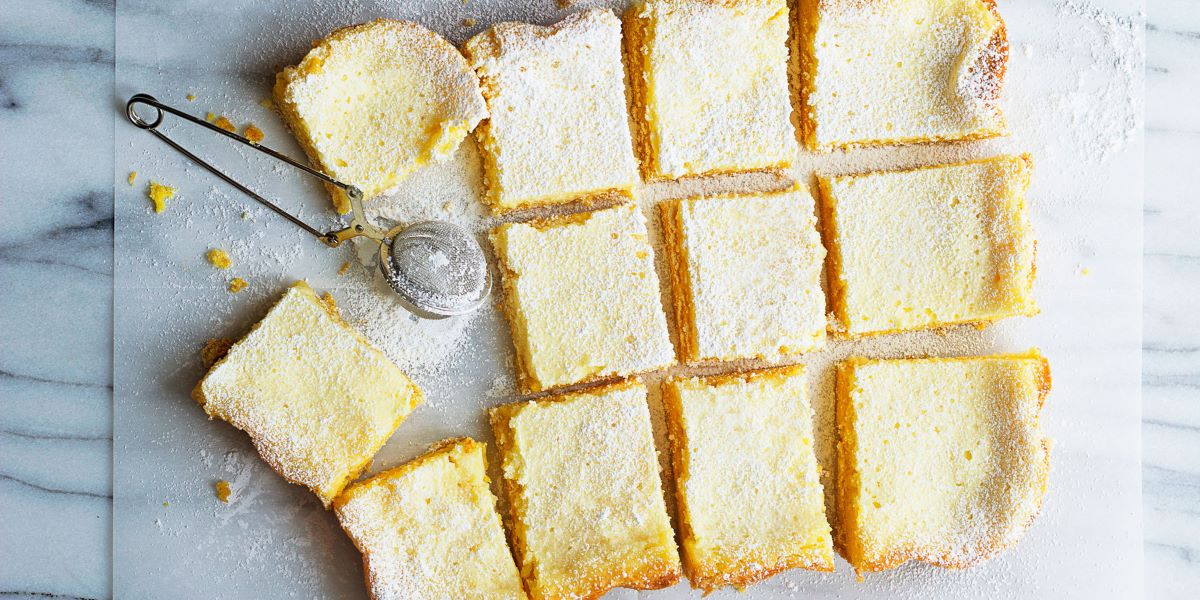
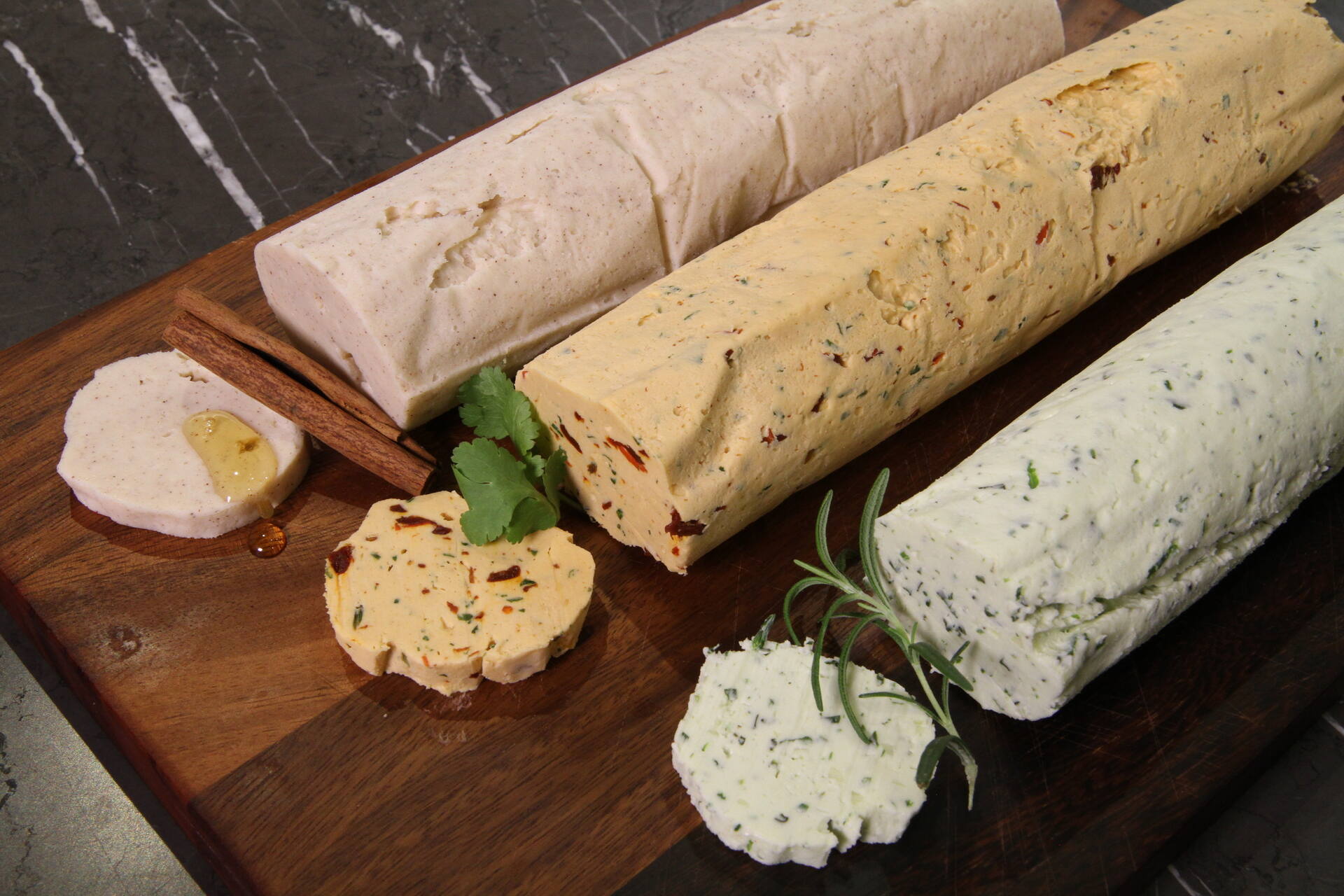
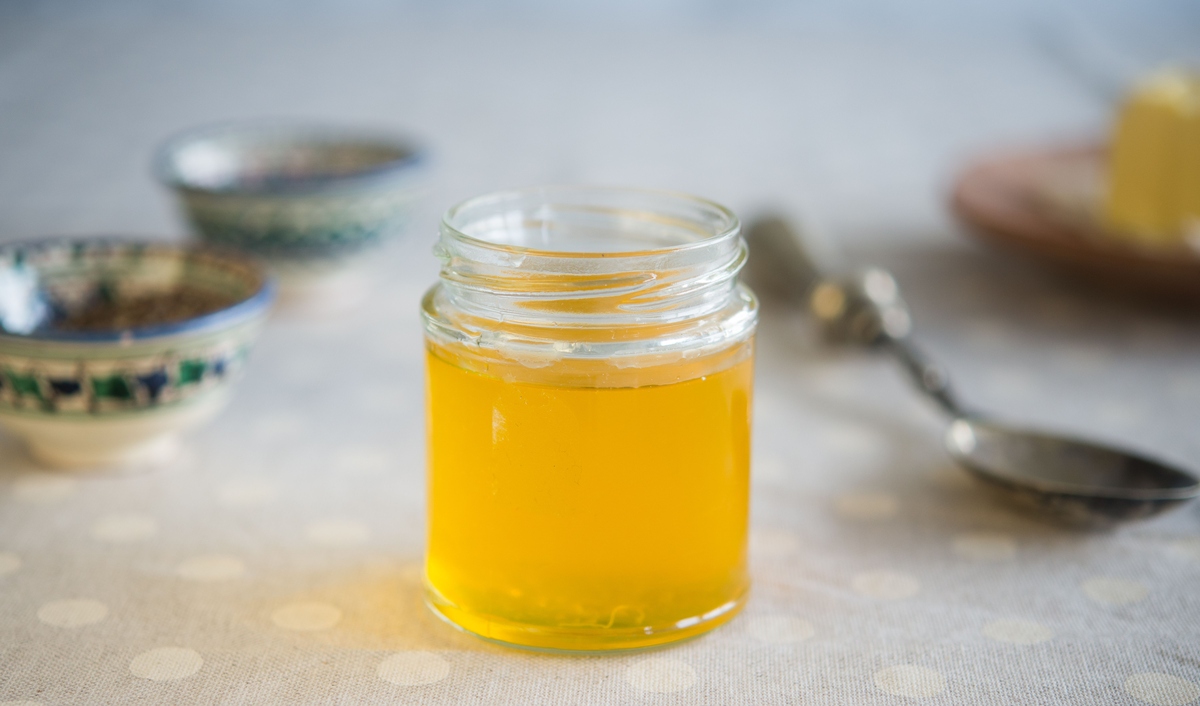
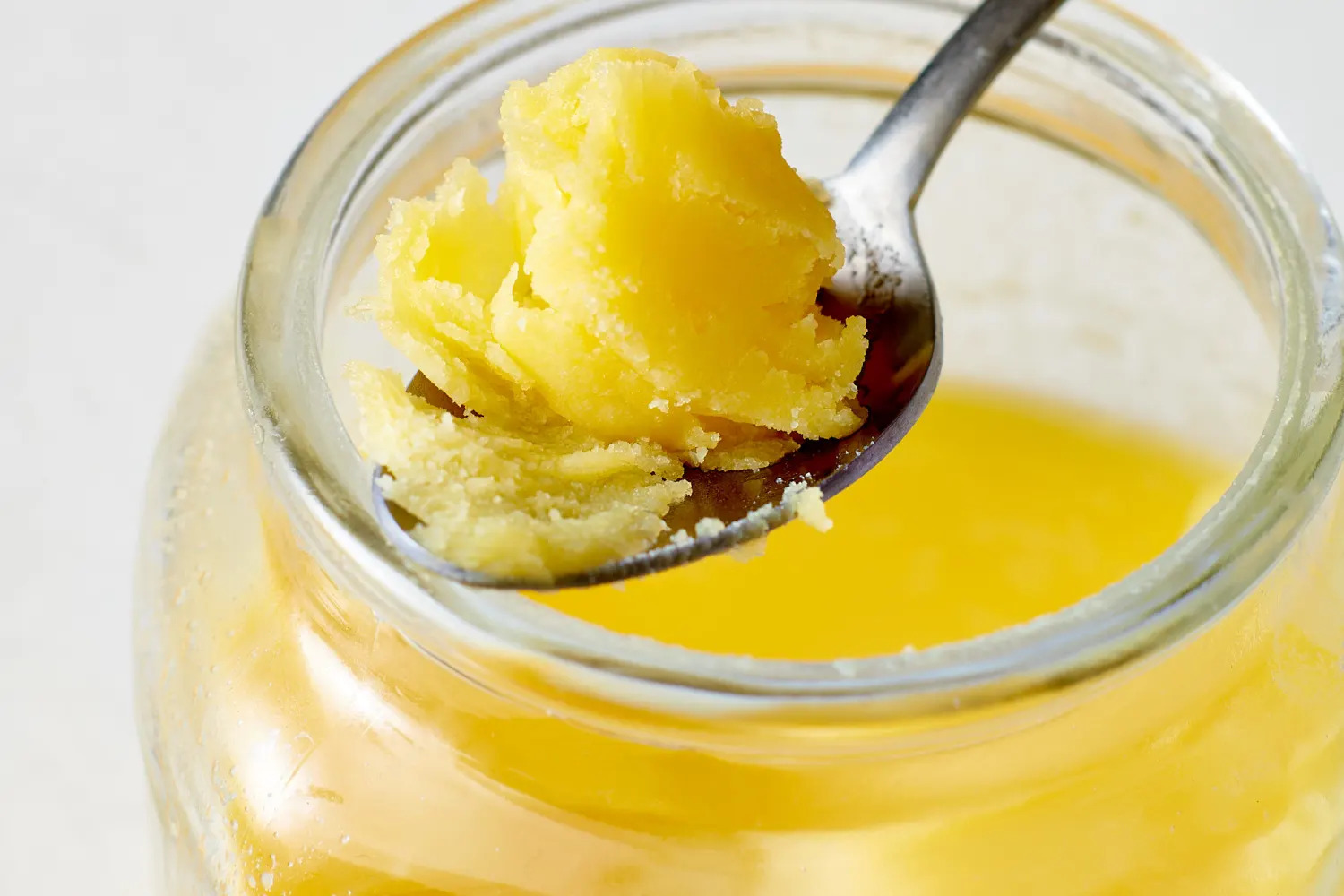
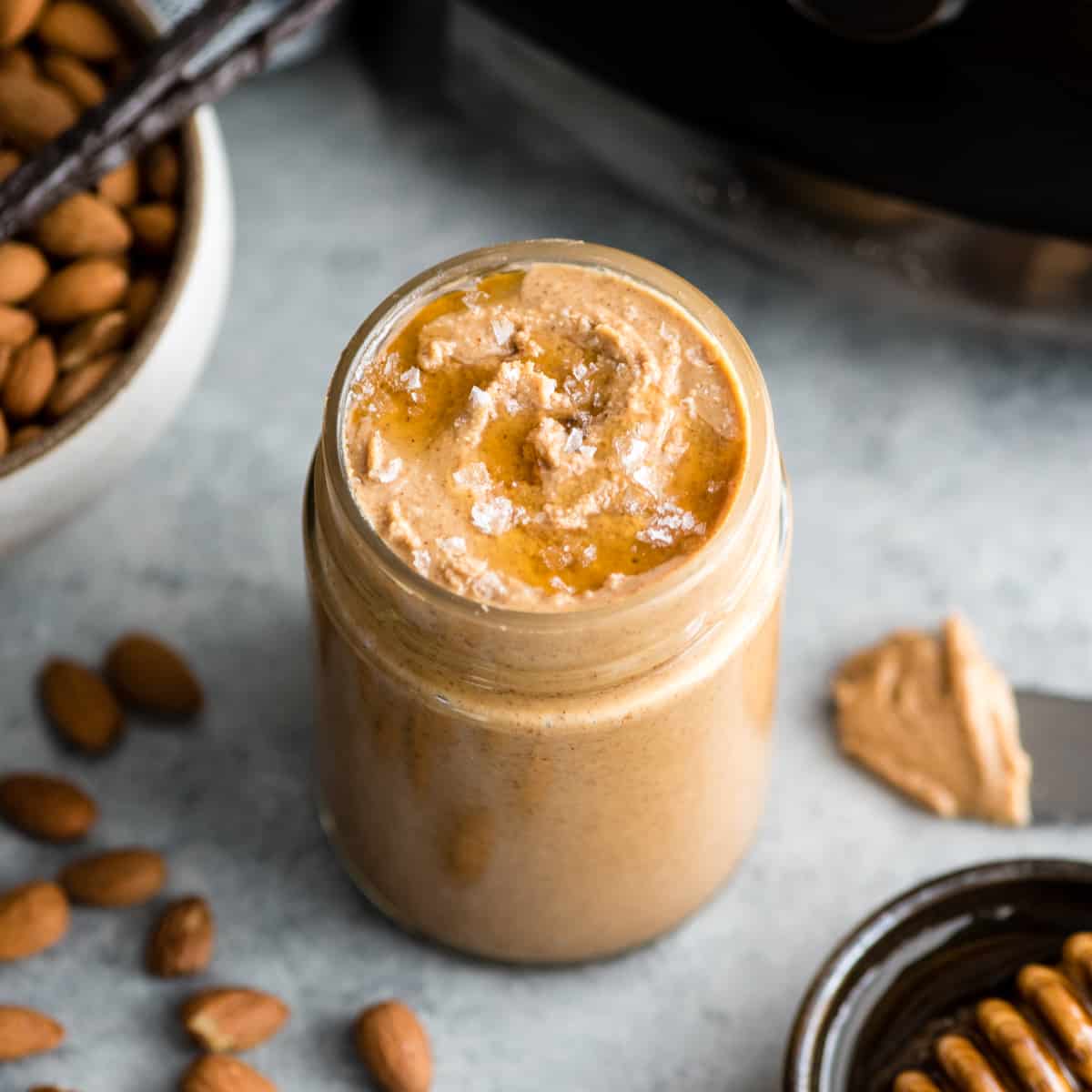
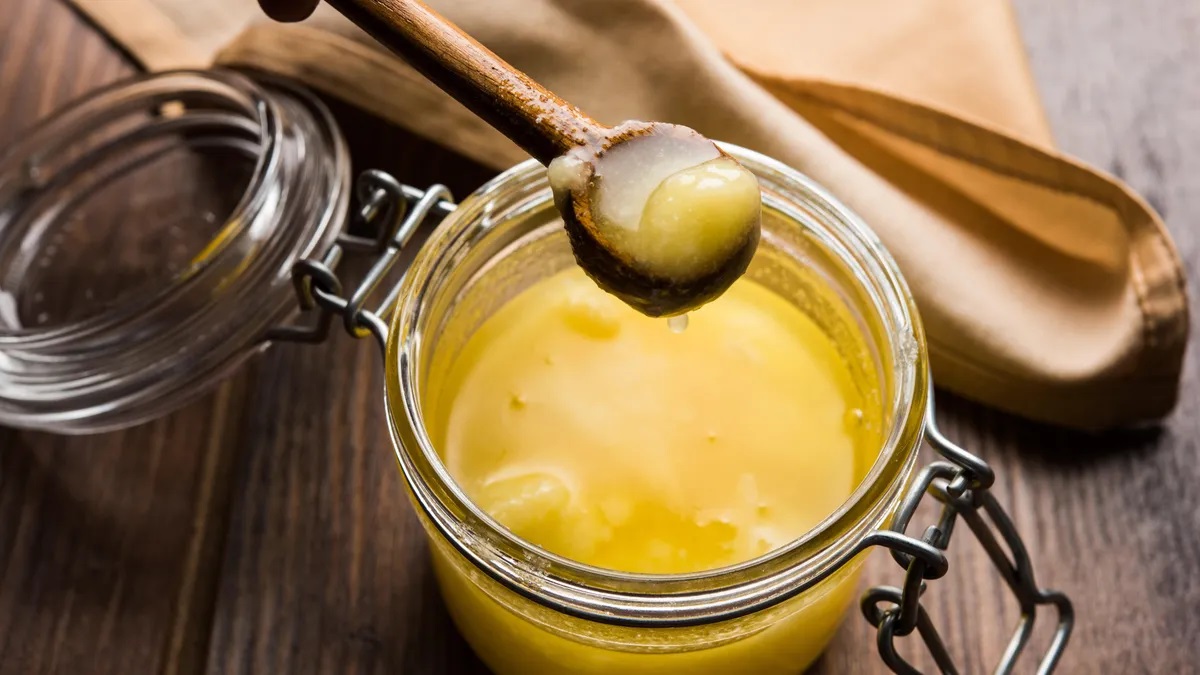
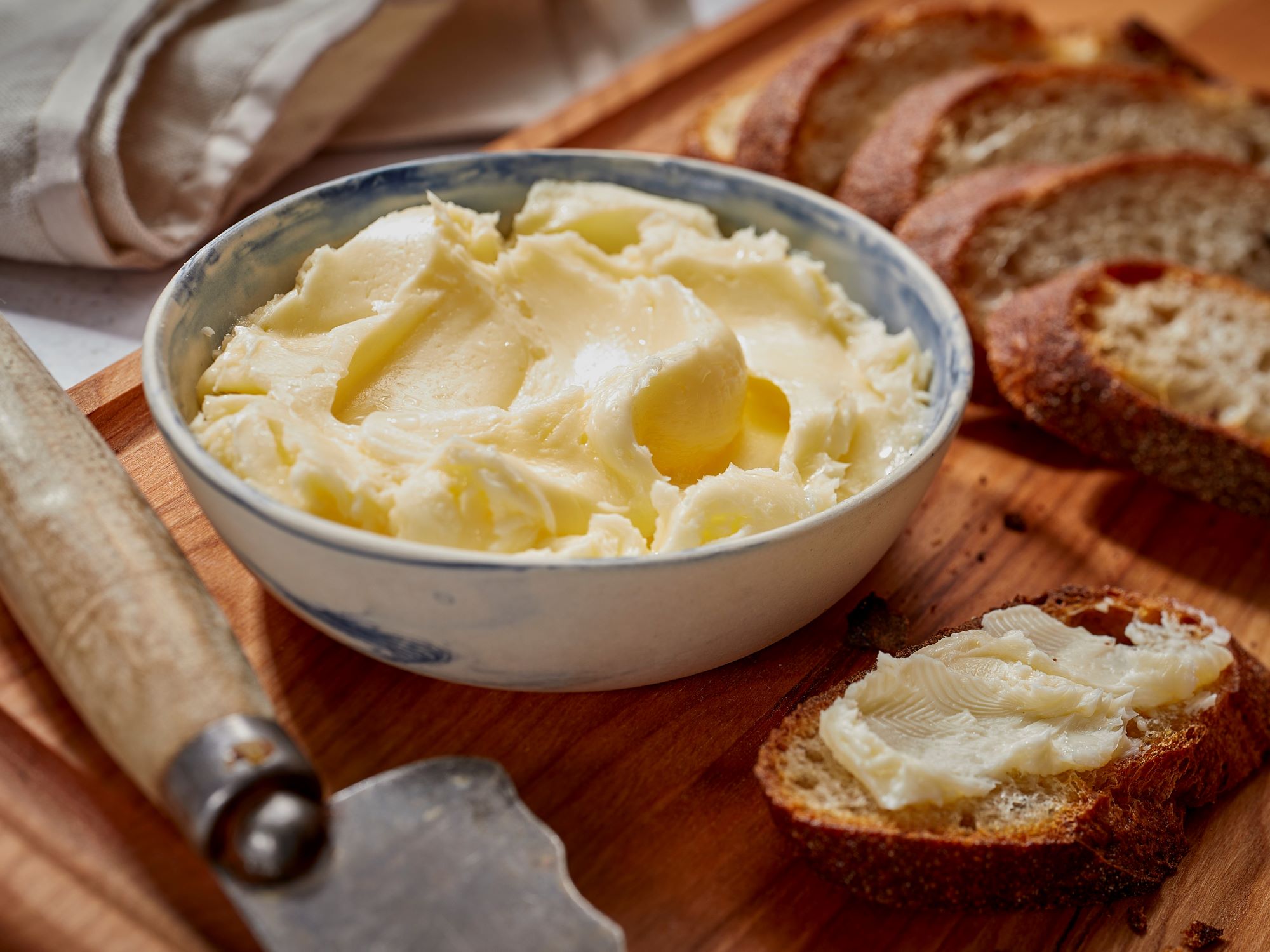

0 thoughts on “How To Store Cocoa Butter”